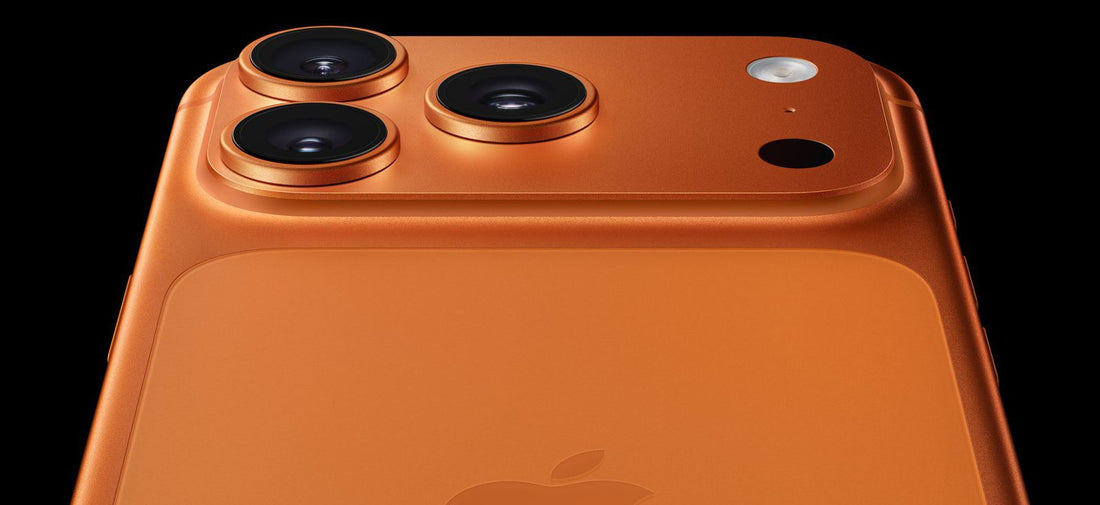
iPhone 18 Pro Max to Feature Variable Aperture Camera and Revised Launch Schedule
Share
Apple’s iPhone 18 Pro Max is reportedly set to receive a major camera upgrade — including a variable aperture lens — according to a new leak from Digital Chat Station on Weibo. The tipster also hinted that Apple is preparing a split launch schedule for the iPhone 18 series, marking one of the biggest structural changes to the company’s annual iPhone cycle.
Next-Gen 48MP Telephoto with Variable Aperture
The iPhone 18 Pro Max is said to feature a 48-megapixel periscope telephoto lens with a larger, variable aperture, which would enhance low-light performance and deliver richer depth of field control.
This aligns with an earlier report from ETNews, which claimed Apple was testing a similar feature for the iPhone 18 Pro’s main camera, suggesting that variable aperture technology could become a defining feature of the entire Pro lineup.
If true, this would be Apple’s first use of a mechanically adjustable aperture system, a feature currently seen in high-end Android flagships like the Samsung Galaxy S24 Ultra and Xiaomi 14 Ultra.
Split Launch: Pro Models in 2026, Standard Models in 2027
Digital Chat Station’s post also outlines Apple’s revised release strategy for the upcoming iPhone 18 lineup. The leaker claims Apple will stage a packed fall 2026 launch featuring the iPhone 18 Pro and Pro Max, a new iPhone Air, and the company’s first foldable iPhone.
The standard iPhone 18 and a new iPhone 18e are reportedly set to follow in early 2027, marking Apple’s first official two-phase iPhone release.
This timing matches recent forecasts from Omdia and other analysts, which have suggested Apple is planning to stagger future iPhone launches to better manage production cycles and sustain consumer interest throughout the year.
Under the Hood: C2 Modem and 2nm A20 Chip
Beyond the camera, the iPhone 18 Pro lineup is expected to debut Apple’s second-generation in-house C2 modem, replacing Qualcomm’s 5G chips entirely.
Powering the devices will be the A20 chip, Apple’s first processor built on the 2-nanometer process. According to reports, the chip will come in two versions — the standard “Borneo” and the higher-performance “Borneo Ultra” reserved for the Pro and foldable models.
This generational leap is expected to bring notable efficiency gains and AI acceleration, setting the stage for the company’s broader integration of Apple Intelligence features across devices.
Outlook: A Transition Year for the iPhone
If these reports hold true, 2026–2027 will mark a transition era for Apple’s smartphone lineup — not only in terms of hardware innovation but also in how and when new models reach consumers.
A foldable iPhone, a variable aperture camera system, and a dual-phase release strategy would collectively signal Apple’s most ambitious shift in years, positioning the company to compete more aggressively in both high-end and emerging device categories.

